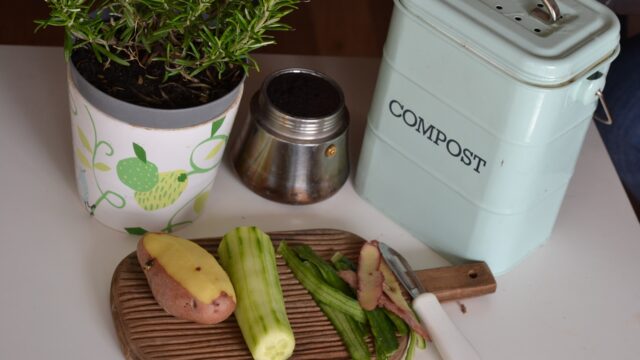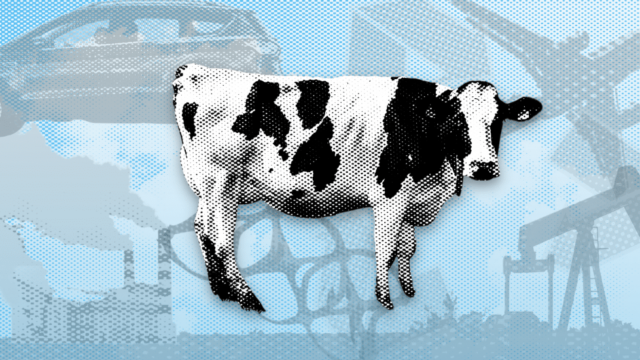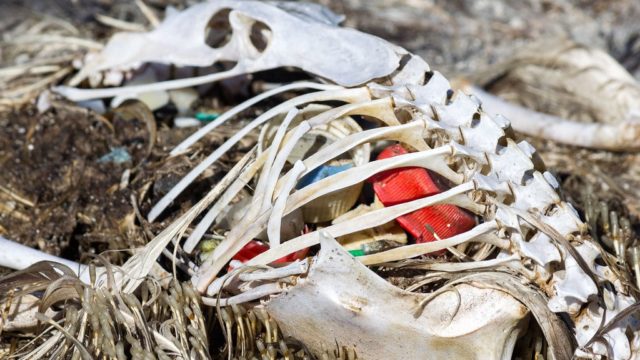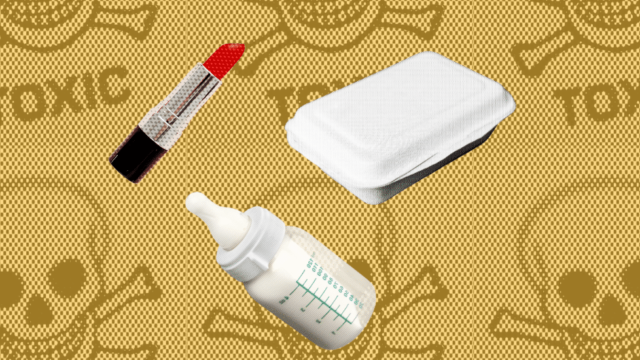For a certain corner of the internet, this week has been about one product and one product alone: the Stanley cup. And no, hockey fans, we’re not talking about the National Hockey League. We’re talking about the new Valentine’s limited-edition Stanley cup in collaboration with Starbucks.
On TikTok, videos showing fans lined up overnight for the pink Stanley cup racked up millions of views. Fist fights broke out. Social media commentators weighed in and lo, a viral sensation was born.
But this bizarre moment isn’t really about a gigantic, insulated tumbler. The Stanley cup trend taps into something much larger, and it reveals the hollow promise at the heart of so many ‘eco-friendly’ products. We can’t buy our way out of the current environmental crises — but we’d sure like to.
Why are Stanley cups so popular now?
The soaring popularity of the Adventure Quencher Travel Tumbler from Stanley — a brand previously associated with grandads and fishermen — can be traced directly to social media influencers. Just search Stanley cups on TikTok where you’ll see entire walls dedicated to displaying the water bottle in every single colour.
Then there was the feel-good marketing campaign, which saw Stanley replace a woman’s car when it went up in flames (save for the Stanley Quencher tumbler which still had ice in it). Little wonder that the 40-ounce cup has taken the Seattle-based brand’s annual sales from $75 million a year to $750 million a year in 2023. [1]
Aren’t we supposed to be ditching single-use plastic water bottles? What’s the problem?
It seems like every day we read headlines warning us about the dangers of plastic bottles. Whether it’s harm to ourselves (“Researchers discover thousands of nanoplastic bits in bottles of drinking water”) or harm to the natural world (“PepsiCo sued by New York state for plastic pollution”).
So, yes. Refill! Reuse! And if you forget to bring your bottle one day, recycle the disposable bottle you end up buying without beating yourself up about it — polluters love to make their systemic flaws our personal responsibility.
The issue with the conspicuous consumption of the Stanley cup now is that it’s no longer about reducing plastic waste. It’s become a status symbol. And for that, people are willing to sacrifice their morals (weren’t we all boycotting Starbucks?) or body check a stranger.
Can’t we just like Stanley cups? Why are environmentalists such killjoys?
In the words of Aja Barber, author of Consumed: The Need for Collective Change, Colonialism, Climate Change, and Consumerism, “What do you think is going to happen to these Stanley cup collections once the trend is done. Do you think the person that has a wall for their Stanley cups (so they have one for every outfit) is gonna keep those cups for the rest of their life? Or do you think they’re going to realize how ridiculous it is and then ‘donate’ or trash them?
“Do you think anyone will want to buy a second-hand used Stanley cup? Do you think most people will be happy to pick one up from a charity shop and give it a new life? Or will this trend end up in someone’s backyard in the global South.”
Of course, we’re not saying ‘Don’t buy anything’ — although chances are, we could all do better when it comes to mindful shopping. And you don’t have to be perfect in order to be good. But the consumerist frenzy that’s being whipped up over this ubiquitous cup is feeding a part of ourselves that can never be sated.
When a Stanley cup is no longer a Stanley cup
Online, there’s been a lot of discourse around what the Stanley cup obsession means. To some, its sheer size and car-friendly design reveals how people don’t live walkable cities. To other, it’s about belonging.
Although, maybe the ultimate lesson of the Stanley cup hype is that there’s nothing which can’t be co-opted. Our trend-driven, fast-paced economy takes something which should be simple — a durable, temperature-controlled cup — and turns it into a glorified collectible toy. The Stanley Quencher might have a $50 price tag, but the planet pays a far higher price.
References
[1] How a 40-ounce cup turned Stanley into a $750 million a year business — CBNC







